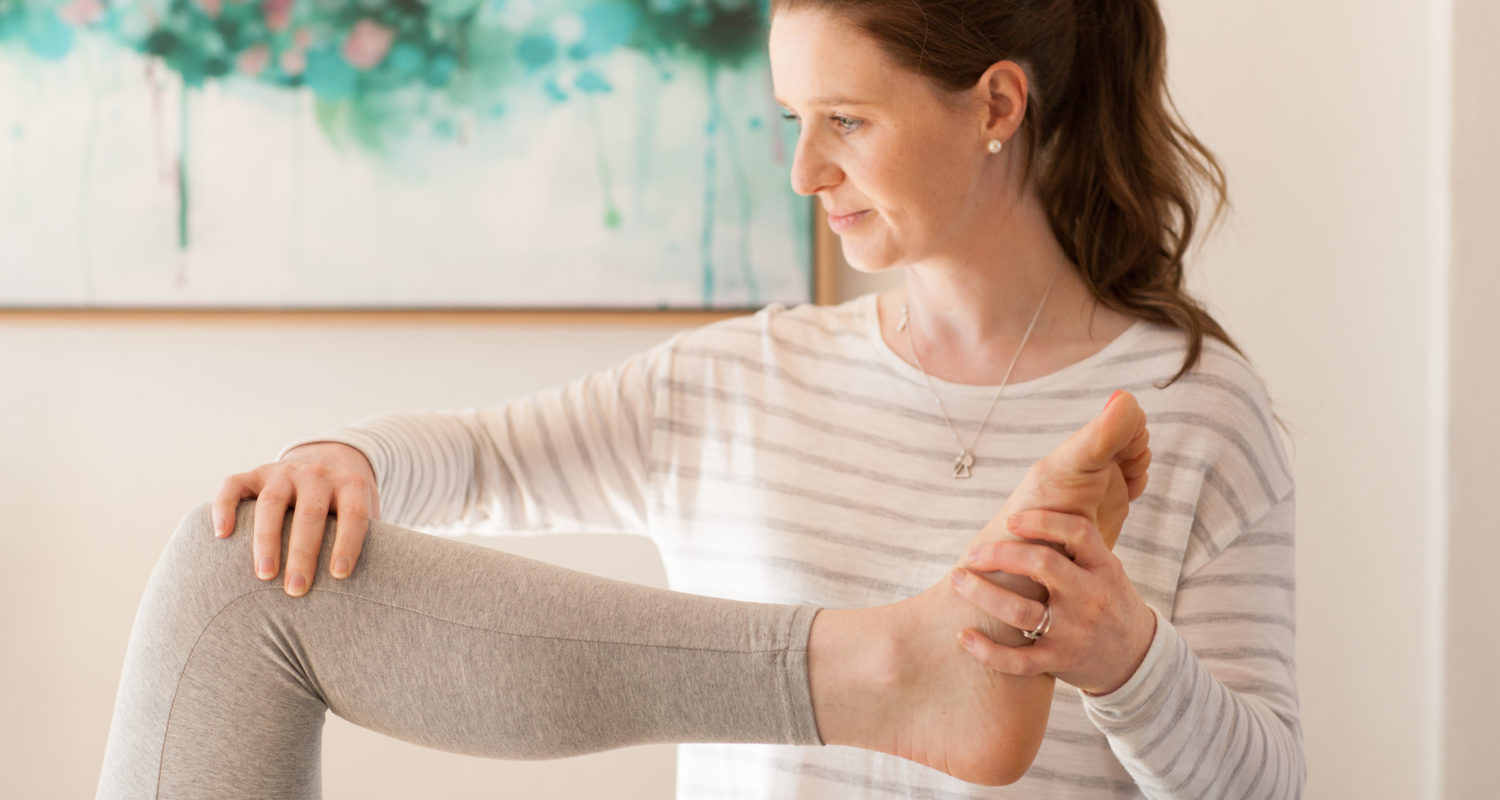
Osteo management for Anterior Cruciate Ligament injury (ACL)
The Anterior Cruciate Ligament (ACL) is one of the most commonly injured ligaments of the knee. It is injured mostly in those who play sports such as AFL, soccer, netball, basketball and snow sports. The ACL helps prevent the lower leg bone (tibia) moving forward on the thigh bone (femur) and is pivotal in the stability of the knee. If you opt for surgical repair of a ruptured ACL, you are looking at 9-12 months on the sideline, immersing yourself in rehabilitation and strength training.
ACL INJURY FACTS
- The most common mechanism of injury is a quick and awkward landing, jump or lateral change of direction.
- Women are 2-8 times more likely to injure their ACL
- If you have previously injured your ACL, you are 3 times more likely to injure one of them again
- 50-70% of ACL tears could have been avoided with proper strength and training.
WHAT CAN WE DO?
As stated above, most ACL injuries can be avoided with good training and strength techniques. By teaching your knee how to jump and land correctly you can significantly decrease the likelihood of a knee injury. Neuromuscular training is used to help improve your joint stability. Many studies have found that programs that include plyometric training (repetitive jumping exercises that help both strength and power), strengthening and balance training are the best for ACL injury prevention (and rehabilitation).
Below are a few links to great resources for not only young athletes but anyone who is looking to help prevent injuries:
- The Knee program – Set up by Netball Australia. – Suitable for all levels participation. Click HERE for more info
- Footy First – A program designed by AFL Medical Officers Association, the AFL Physiotherapists Association and the AFL Sports Science Association. Footy First has 5 different levels for different ages and skill levels, great posters and resources can be found HERE
HOW CAN HEALTH AND BALANCE OSTEOPATHY HELP?
- Your osteopath will perform a complete assessment, determine a diagnosis of your pain and refer you if any imaging/scans if required.
- Osteopathic techniques including joint articulation/mobilization and muscle techniques may help promote blood and lymphatic flow, helping reduce pain and inflammation
- Osteopathy may help reduce muscle tension around the knee joints which can help improve range of movement, which is very important post joint injury.
- May help promote blood and lymphatic flow, helping reduce pain and inflammation
- Our osteopaths will treat/release the structures around the hip, knee and ankle joints to help overall lower limb biomechanics
- We will be able to provide take home exercises and advice to help reduce pain and start the healing process.
Chat to one of our osteopaths today about an injury prevention program or if you have knee pain – Book online HERE
References:
- Judge LW, Petersen JC, Bellar DM, et al. An examination of preactivity and post activity stretching practices of cross country and track and field distance coaches. Journal of Strength & Conditioning Research (Lippincott Williams & Wilkins). 2013;27(9):2456-2464.
- Grooms DR, Palmer T, Onate JA, Myer GD, Grindstaff T. Soccer-specific warm-up and lower extremity injury rates in collegiate male soccer players. Journal of Athletic Training (Allen Press). 2013;48(6):782-789
- The female ACL: Why is it more prone to injury? (2016). Journal of Orthopaedics, 13(2), A1–A4. http://doi.org/10.1016/S0972-978X(16)00023-4
- http://www.footballfedvic.com.au/fifa-11plus/
- https://knee.netball.com.au/
- http://www.aflcommunityclub.com.au/fileadmin/user_upload/Coach_AFL/Become_a_Coach/Accreditation/FootyFirst_-_Manual.pdf
